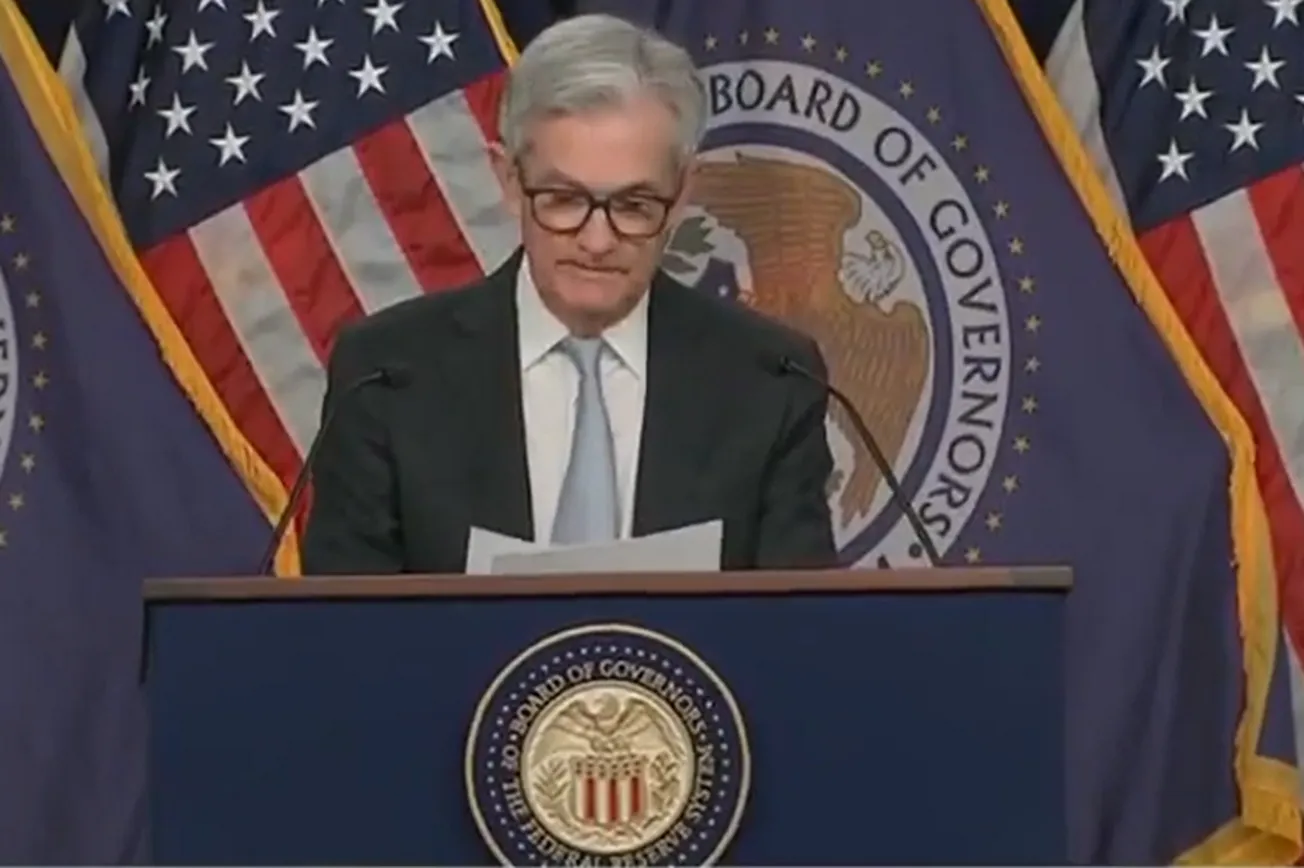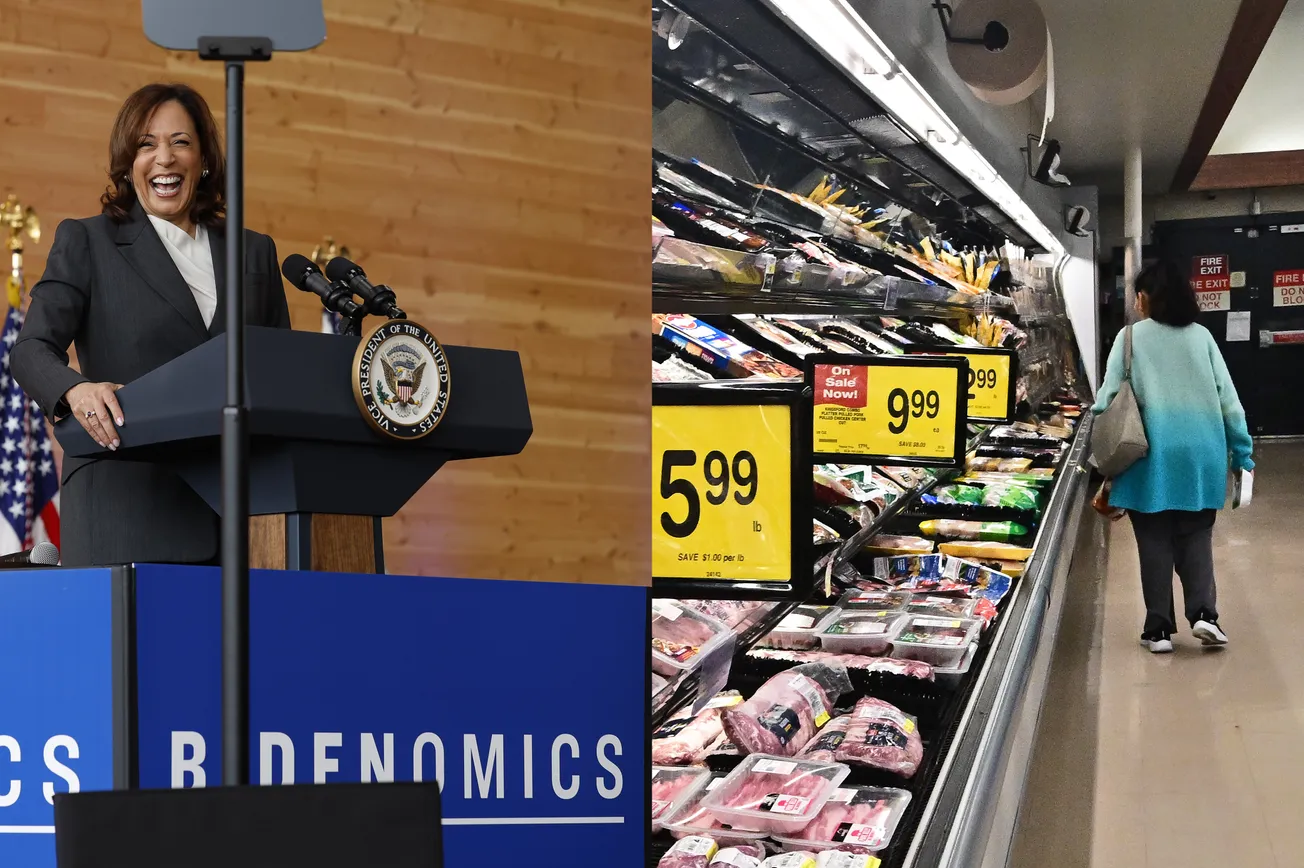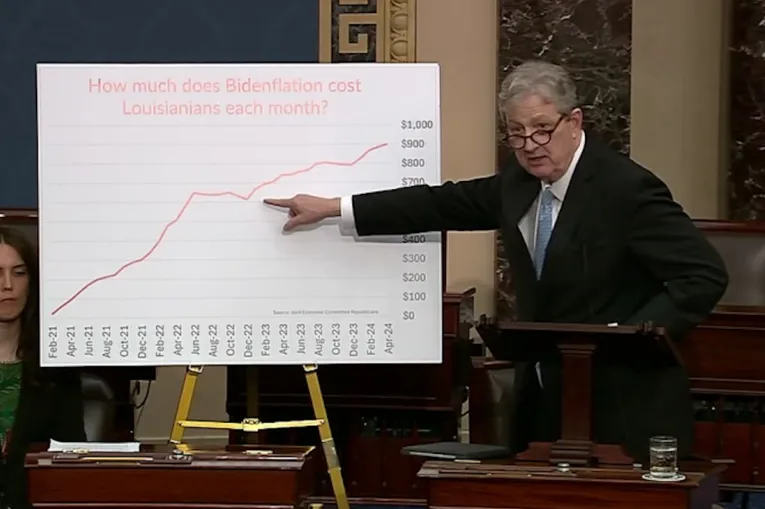By E.J. Antoni via the Daily Caller Foundation on May 4, 2023
The Federal Reserve’s hike of its benchmark target Federal Funds rate by another 0.25 percentage points matches the high-water mark set in 2006 and 2007, which preceded the Great Recession. Fed chairman Jerome Powell announced the increase amid the backdrop of multiple crises, which together illustrate how the Fed has helped put itself and the American people in a painful, no-win scenario.
The nation has experienced three of the four largest bank collapses in just the last few weeks. Interest on the national debt is skyrocketing. A showdown over whether to increase that debt or cut spending further looms large. And inflation is accelerating.
The Fed has come under significant political pressure lately to pause, or even reverse, its interest rate hikes, which are exposing weakness in the banking system and making the national debt more costly to finance. But the Fed needs to rein in its massive money creation if it’s going to get inflation under control.
Looking back on the last three years shows just how Powell and Congress painted themselves, and the nation, into this corner.
Beginning in early 2020, the government ran unprecedentedly large deficits, and the national debt exploded to over $31 trillion. The average annual deficit from 2020 through 2022 was 140 percent higher than in 2019.
The Fed financed these deficits by creating money out of nothing. That drove interest rates to zero and created systemic interest rate risk by flooding financial markets with low-yield bonds. While those bonds were not necessarily likely to default, they would still lose value when interest rates rose because bond yields and prices move in opposite directions.
And rising interest rates were inevitable because the flood of new money from the Fed that financed government spending also spawned four-decade-high inflation. After keeping rates too low for too long, Powell belatedly responded to the inflation by raising rates hard and fast. That helped reduce inflation, but also reduced the value of all those low-yield bonds, including those held by banks.
If banks hold their low-yield bonds to maturity, they will still be paid. But if banks must sell the bonds before maturity to raise capital, like when depositors ask for their money back, the banks are forced to take a loss on the sale. This dynamic already helped bring down three regional banks in recent weeks. Many more banks are similarly “underwater” on their bond portfolios.
Thus, Powell has no good options. If he continues with the rate hikes, banks’ balance sheets will keep losing value and more banks will go under, while the Treasury will be paying even more to finance the debt. If Powell stops the hikes — or, worse yet, pivots to cuts — then inflation will stay with us.
How we got to this no-win scenario is a lesson in prudent government finance.
This entire chain of events started with massive government spending, and the only way to stop it is for Congress to cut the spending. This is precisely why the fight over the debt ceiling is so important.
Congress and the Fed cannot immediately erase the gargantuan debt or undo the systemic interest rate risk they’ve created. But they can very quickly stop making the problem worse. The formula is simple: the government must spend, borrow, and print less money.
President Biden wants exactly the opposite – a “clean” increase to the debt ceiling with no spending cuts. But that status quo is what got America into this mess. Reducing the spending, borrowing, and printing — like in the House’s debt ceiling bill — is the only way out.
E.J. Antoni is the research fellow for regional economics in The Heritage Foundation’s Center for Data Analysis.
Original article link









